|
It’s time to wine and dine! So, fire up the grill and toss on your favorite meat or tuna steak. I have two delicious reds to pair with your feast! A few months ago, I reviewed a delectable Sauvignon Blanc from Oberon Wines, part of the Michael Mondavi Family portfolio based in Napa Valley, CA. The head winemaker for Oberon Wines is Tony Coltrin, a lifelong resident of Napa. With over a half-century of winemaking experience, Tony knows every expression of the valley and, specifically, which sub-zones produce exceptional classic Bordeaux grapes, including the Paso Robles wine region. Tony’s enduring relationships with growers throughout Napa Valley are the very essence of Oberon’s quality and consistency. Tony selects top-quality fruit year after year from the finest wine-growing regions throughout Napa Valley and Paso Robles. A short time ago, I received samples of Oberon’s Napa Valley Merlot and Paso Robles Cabernet Sauvignon, two noteworthy wines. Oberon Napa Valley Merlot 2021 The grapes for this Merlot were sourced from Napa’s renowned Oakville district. Oakville lies on the valley floor in the heart of Napa. The deeper, well-drained alluvial soils in the vineyards, along with the perfect balance of cool mornings and warm afternoons, make this the ideal location for growing Bordeaux varietals. In addition, Tony sources Syrah and Zinfandel in small lots specifically for this blend as they merge well with the Merlot and bring out the rich character of this expressive Oakville fruit. It is aged 12 months in French oak barrels. Nose: Ripe berries, plum, and baking spice. Palate: Dark cherry, strawberry, and red plum, with a hint of cocoa and mild tannins. It is a vibrant and nicely layered wine. Alcohol: 13.9% SRP: $28 Pairing suggestions: Grilled meat, seared tuna, porcini risotto, and grilled veggies. Oberon Paso Robles Cabernet Sauvignon 2021 Tony created this Cabernet Sauvignon by sourcing grapes from a few distinct vineyards in Paso Robles, including Santa Margherita Ranch, originally planted by the Mondavis, and the San Juan Creek Ranch. The blend for this wine is 85.7% Cabernet Sauvignon, 9% Petite Sirah, and 5.3% proprietary red field blends. Tony said, “Layering fruit from these distinct Paso Robles ranches provides for a wine with greater complexity and a more dynamic flavor profile.” This wine was aged for 12 months in 45% new French oak. Nose: Floral, red berries, plum, herbs, and baking spice. Palate: Ripe dark berries, bing cherry, and a touch of thyme. Vanilla, dark chocolate, and candied fruit linger on a long finish. Alcohol: 13.7% SRP: $25 Pairing suggestions: Just about anything charred, seared or grilled will work! This wine is also a great sipper before or after a meal. Happy grilling and happy sipping! Until next time…
Cheers! Penina To leave a comment or if you have an inquiry, please contact me at [email protected] It is truly remarkable how a simple sip of wine can transport me to a different place and time. In 2022, I traveled to Alentejo, Portugal, with a small group of fellow wine writers. We had the pleasure of visiting 11 wineries, and meeting engaging winemakers. We tasted memorable wines, indulged in the local cuisine, and soaked up this small region’s rich history and culture. I wrote many articles about Alentejo before my visit and several articles after returning. So, instead of repeating myself about its eight sub-regions, terroir, and grapes, please click “Alentejo” on the Categories list to read about this fascinating region, its wineries, and grapes. Or jump to this article for a quick introduction. thewineknitter.com/the-journal/alentejo-a-magical-wine-region While in Alentejo, we visited the estate of Herdade Do Esporão, located in the Reguengos de Monsaraz DOC sub-region. Herdade do Esporão is one of the largest wine producers in Alentejo. They have over 450 hectares of vineyards with 194 grape varieties planted on the estate, of which 37 are in full production. In addition to the wine vineyards, there are four types of olive trees in the 80-hectare olive groves, along with orchards and kitchen gardens. All farming uses organic methods and integrated production. They began the transition to organic farming in 2008, and 11 years later received their organic certification. I recently received Esporão Reserva Red and White samples, which I also enjoyed tasting while visiting the estate. (I took both photos 11/2022.) Although the samples are different vintages with new label designs, these wines evoke fond memories of a great trip! Esporão Reserva White 2022 DOC Alentejo This wine is considered the flagship wine of the Esporão Alentejo estate. Grapes are harvested from 18 to 27-year-old grapevines in certified organic vineyards with soil of granite/schist base and loam/clay structure. It is a blend of Antão Vaz, Arinto, and Roupeiro grapes. It is aged six months in stainless steel tanks and new American and French oak barrels. Nose: Hints of white flowers, honeydew, white stone fruit, vanilla, and toasted notes. Palate: This wine is fresh and vibrant with a touch of tropical notes. Honeydew, pineapple, minerality, and lemon zest are playful on the palate. Alcohol: 13.5% SRP: $23 Pairing suggestions: Enjoy as an aperitif or with salads, grilled chicken, and sushi. Esporão Reserva Red DOC Alentejo 2021 Herdade Do Esporão first introduced this wine in 1985. It is a blend of Alicante Bouschet, Trincadeira, Touriga Nacional, Aragon, and Cabernet Sauvignon. The grapes are sourced from vineyards with organic farming certification and vines averaging 20 years of age. This wine is aged 12 months in new (20%) and old (80%) American oak and French oak barrels, and then a minimum of six months in the bottle. Nose: Violet notes, dark berries, plum, a hint of cherry, baking spice, and pepper. Palate: Aromas dance onto the palate with spice and slightly chewy tannins on the finish. It is very drinkable now, but I used my Coravin and look forward to tasting this again in one year. Alcohol: 14% SRP: $23 Pairing suggestions: Serve with grilled meat, pasta, grilled or sautéed veggies, or burgers and fries. The next time you want to travel to a particular wine region, start with a glass of wine and let your palate begin the journey! Until next time… Cheers! Penina To leave a comment or if you have an inquiry, please contact me at [email protected] Although I love to sip rosé throughout the year, mild spring weather and flowers blooming makes it all the more enticing! The Chapoutier family is no stranger to producing rosés and many other wine styles. This iconic winery is located in the picturesque Rhône wine region in southeastern France. Michel Chapoutier is a seventh-generation oenologist and head of Maison M. Chapoutier, founded in 1808. Michel is one of Rhône’s most famous wine producers and is known worldwide for such wines as Hermitage, Chateauneuf du Pape, and Côte Rôtie. Michel's daughter, Mathilde, is also making a name for herself as an eighth-generation oenologist in the company. I recently had the pleasure of sampling their newly released 2023 rosés from Côtes du Rhône and Provence. M. Chapoutier Belleruche Rosé Côtes du Rhône AOP 2023 Belleruche means “beautiful beehive” in French and is named for the bees and hives that are part of the sustainable vineyards. Grapes for this blend are Grenache, Syrah, and Cinsault. The wine is aged in stainless steel vats for three to six months. Nose: Floral, strawberry, white peach, and flinty minerality. Palate: Aromas flow onto the palate with apricot, melon, and zingy acidity. Perfection! Alcohol: 13.5% SRP: $18 Pairing suggestions: Enjoy as an aperitif or serve with fish, shellfish, summer salads, crab quiche, or grilled white meat. Mathilde Chapoutier Côtes de Provence Sainte-Victoire AURISSO AOP 2023 The symbol on Mathilde’s labels is a beautiful compass rose, symbolizing the various wine regions she explored worldwide and her quest beyond the Rhóne Valley region. This wine is a blend of Grenache Noir, Syrah, Cinsault, and Rolle. Grapes are harvested from vineyards located east of Aix-en-Provence, at the foot of the Sainte-Victoire and Aurélien mountains in the commune of Pourcieux. The wine is aged for five months in stainless steel vats before bottling. Nose: Floral notes, red berries, and a touch of cherry. Palate: Fresh and crisp, with juicy red berries and a hint of strawberry and minerality lingering on the finish. Alcohol: 12.5% SRP: $20 Pairing suggestions: Great as an aperitif or with any fish or shellfish, grilled scallops, vegetable risotto, or light cheese board. Mathilde Chapoutier Côtes de Provence ORSURO AOP 2023 This wine is an interesting blend of mostly Grenache Noir, with Syrah, Cabernet Sauvignon, Cinsault, Clairette, and Rolle. The vineyards are located east of Aix-eProvence, at the foot of the Sainte-Victoire and Aurélien mountains. Aging takes place in stainless steel vats for five months. Nose: Light floral, citrus, and red berries. Palate: Strawberry, juicy peach, pink grapefruit, and subtle herbal notes. This is a lively and refreshing wine. Alcohol: 13% SRP: $28 Pairing suggestions: Enjoy on its own or with pasta salad, fish, shellfish, grilled white meat, or sushi. It is interesting to note that M Chapoutier’s wine labels are printed in Braille. It is Michel’s way of paying homage to Maurice de la Sizeranne (1857-1924), who lost his sight at age nine. Maurice was one of France’s most noted philanthropists who founded the Revue du Braille, perfecting the system of abbreviated Braille. Maurice and his family owned a small plot of land in the famous Hermitage appellation, where Chapoutier bought some prime Hermitage vineyards. He sources the grapes from here for one of his most renowned wines, Monier de la Sizeranne. The wine honors the de la Sizeranne family with a special nod to Maurice. M Chapoutier has been practicing biodynamic viticulture since 1990. All herbicides and chemical pesticides are prohibited, and the vineyards are sustained using only organic matter. Michel believes only healthy vines growing within a balanced ecosystem can make great wine. Until next time…
Cheers! Penina To leave a comment or if you have an inquiry, please contact me at [email protected] Several years ago, I wrote an article about Jean-Luc Colombo Winery. Recently, I received two of their wines, which sparked a desire to revisit the winery and its story. Jean-Luc Colombo winery is located in the appellation of Cornas in the northern Rhône Valley, France. Cornas is the smallest appellation in the Rhône Valley, consisting of approximately 300 acres, and is dedicated to producing only red wine from the Syrah grape. The Mediterranean climate and decomposed granite soils contribute to the richness and character of these wines. In addition to producing wine from vineyards in the northern and southern Rhône Valley, Jean-Luc Colombo also produces wine from vineyards in Languedoc and Provence. As a child, Jean-Luc spent considerable time helping his mother in her restaurant in Marseille, where he was always surrounded by good food and wine. Growing up with a successful restaurateur, Jean-Luc developed a discerning palate for wine. With a passion for science, Jean-Luc received a pharmacy degree and combined his love of Syrah and science by creating a wine laboratory in 1984 with his wife Anne, Centre Oenologique des Cotes du Rhone. Jean-Luc quickly established himself as a wine consultant for wineries throughout the Rhône Valley, including many top domaines. The Colombo family purchased their first vineyard in the early 1980s, planted with old Syrah vines, overlooking the village of Cornas, and fulfilled Jean-Luc’s dream of becoming a winemaker and viticulturist. In 1987, he produced the first vintage of Cornas “Les Ruchets,” which became the flagship cuvée of the domain. Their daughter Laure is also passionate about wine. She received a Bachelor’s degree in Viticulture and Oenology in Bordeaux (and interned at Château Haut-Brion for one year). She followed it up with a Master’s degree in Oenology from the University of Montpellier. Laure also experimented with some vinifications in the southern hemisphere. At this point, she told her father and mother that she was ready, and she joined the family estate in 2010 as their winemaker. Bees are an integral part of the estate. The Colombo family began harvesting grapes and honey with their first vineyard, Les Ruchets, which translates to “the beehives” in French. In addition to time spent producing outstanding wines, the Colombo family also pours their hearts and souls into maintaining a safe haven and ensuring the longevity of the bee colonies. Through education, the elimination of harsh pesticides, and the planting of nutritious flora, the honey bees live in a fruitful and biodiverse landscape, contributing to the health of the grapes and terroir. Interesting facts: 1) Honey bees pollinate more than 90% of flowering crops – including many of the fruit and food items we eat – so they play a vital role in our food supply. 2) Honey bee colonies typically consist of only one queen bee, several hundred drones (male bees), and thousands of adult female worker bees. The colony also contains developing eggs, larvae, and pupae. Above photos of bee colonies and Laure are courtesy of the winery. Due to environmental factors, the Colombo family began to see a depletion in the honey bees’ local and global population, causing Colony Collapse Disorder. This disorder threatens bees’ crucial role in agriculture, as it causes adult bees to abandon their hives and fly off to die. The cause of this disorder is unknown, and it has spread to over half of the U.S. states, with similar reports in parts of Europe, Brazil, and Canada. So, the Colombo family, together with their U.S. importer, Taub Selections, united two great passions—winemaking and beekeeping—to develop the Bee Helpful Program. For every purchase of a bottle of Jean-Luc Colombo’s Les Abeilles (meaning The Bees in French) Côtes du Rhône white or red, a donation is made to the UC Davis Department of Entomology in support of their research to help restore healthy honey bee colonies. Jean-Luc said, “Living in the middle of the vineyards in Cornas, we have always made it a point to honor and preserve this environment and to work in harmony with nature. It is essential that vines, insects, and animals of all hairs and feathers coexist and thrive. For many years, “organic” methods have been applied to the vine, and Laure Colombo launched in 2012 the organic certification process for our estate (officially called ECOCERT in Europe), effective since the 2015 vintage.” Let’s taste some wine! Jean-Luc Colombo Côtes Du Rhône Blanc “Les Abeilles” 2022 This delightful wine is a blend of traditional white southern Rhône grapes, 80% Claudette, and 20% Roussane. The grapes are hand-picked and fermented in stainless steel tanks. The Claudette is aged in tanks, and the Roussanne matures in two to five-year-old oak barrels for six months. Nose: Floral, white stone fruit, citrus, apple, and a touch of minerality. Palate: Crisp and refreshing with notes of peach, pear, and sweet lemon on the finish. Alcohol: 13% SRP: $18.99 Pairing suggestions: Seafood, grilled chicken, quiche, and a summer pasta salad. Jean-Luc Colombo Côtes Du Rhône Rouge “Les Abeilles” 2021 AOC This wine is 60% Granache, 30% Syrah, and 10% Mourvèdre. The grapes are grown on 25-year-old vines in the AOC Côtes du Rhône appellation and hand-picked at harvest. Aging takes place in stainless steel tanks for ten months before bottling. Nose: Ripe red fruit, violets, purple plum, and a touch of licorice. Palate: Silky with notes of anise, dark berries, dark cherry, and a dollop of spice. Alcohol: 13% SRP: $18.99 Pairing suggestions: Jean-Luc Colombo says, “This wine is food-friendly and pairs with everything from roasted chicken, lamb, pork, charcuterie, to assorted cheeses – best enjoyed with a spoonful of honey.” Enjoy these wines while supporting the Bee Helpful Program. It’s a win-win situation! Until next time…
Cheers! Penina To leave a comment or if you have an inquiry, please contact me at [email protected] A short time ago, through Zoom, I, and several other writers spent a fascinating hour with James Marshall Lockyer, winemaker at Tenuta Licinia, and 3rd generation of this family-owned winery. Tenuta Licinia is a small winery at the foothills of the Tuscan Apennines near the village of Lucignano in the province of Arezzo. Today, the property has 60 hectares of woods, 6.5 hectares of vineyards, and 3 hectares of olive groves. In the early 1970s, James’s grandfather, Jacques de Liedekerke, who lived in Belgium, bought the property with an abandoned farmhouse and small vineyard. Jacque took on the restoration of the farmhouse, but as James said, “For the first 20-30 years, my grandfather really didn’t do much with the vineyard. He enjoyed wine but was not knowledgeable in winemaking. He grew up with old-school ideas of winemaking and didn’t understand Tuscan soil, geology, or what made a vineyard good or bad.” Over the years, Jacque learned more about the vineyard and subsoils and thought it might be worth replanting. So, in 2006, Jacques decided to replant the Sasso Di Fata vineyard as a retirement project. Because he was French-Belgium, and drank Cabernet Sauvignon, he decided to plant it. It took many years of tests, research, and many attempts, but by 2019, the wines began to assume the vineyard’s identity. In 2020, James arrived at Tenuta Licinia and took over what his grandfather had begun. James explained, “At the time, I was finishing my doctorate at Oxford University, focusing on foundations of ethics and sensorial value. About winemaking, James said, “I am semi-self-taught and guided by very good mentors and professionals. In addition, I did a few internships.” His doctoral studies proved to be helpful as a winemaker. “It motivated me to think carefully about what kind of wine I want to make, what truly matters in the wine I make, and what types of properties are relevant to making a high-quality wine.” What his grandfather had planted, half of the vineyard was decent, and the other half was great. For James, this introduced one of the many puzzles they’ve worked on for the last several years: understanding Tuscan subsoils. James said, “One of the difficulties with Tuscan subsoil is that it changes very quickly, every 30 -40 meters. As part of their project, they focus on identifying small and abandoned parcels and bring them back to high-quality production. “We are developing Sangiovese on the parcels we now find.” Regarding his grandfather’s planting in 2006, on one side of the hill is Sasso Di Fata, and on the other side of the hill is the Montepolli vineyard. James divided the vineyard based on the subsoils. James said that Sasso Di Fata has much more beautiful subsoil than Montepolli. James stated, “Sassa Di Fata subsoil is lime-slate, and the slate is paper thin. Slate is viable and roots can go right through it very quickly. This soil contributes to a much more beautiful grain of tannins, sophisticated aromas, and floral direction. Slate can give a savory/saline finality to the wine.' The Montepolli subsoil is a clay-limestone plot with a Merlot base. It is too “clayish” with certain defects. The tannins can be quite wide and massive, and the aromas and minerals can be quite reduced on this soil type.” James went on to say, “I have an old-school subsoil view, that subsoil is very central to making great wines. It’s the physical structure underground that is key. In addition to the soil, it is the drainage and temperature underground combined with root penetration, which is important.” We tasted three Tenuta Licinia wines. All the grapes are picked by taste, not by analysis, for the best maturity. In addition, the winery has been certified organic since the vines were planted, and they follow a biodynamic program in the vineyard. Sasso Di Fata IGT Toscana Rosso 2019 This wine is produced in the clos style, with the grapes sourced from a small vineyard with a specific subsoil, and therefore, the wine is only produced in extremely small quantities. The 2019 Sasso di Fata is a blend of Cabernet Sauvignon (70%) Cabernet Franc (25%) and Petit Verdot (5%). It is aged 16 months in second passage French oak Tonneau (500L). Nose: Fragrant rose petals, red berries, and spice. Palate: Beautifully balanced with red fruit, spice, licorice, and a hint of mint. Gentle tannins and a dance of saline and minerality lead to a long finish. Alcohol: 14.5% Montepolli IGT Toscana Rosso 2019 This wine is produced in the clos style, with the grapes coming from a small vineyard with a specific clay-limestone subsoil, and therefore, the wine is only produced in small quantities. This is the first vintage. The wine is a blend of 47% Merlot, 22% Cabernet Sauvignon, 19% Cabernet Franc, 12% Petit Verdot. It is aged 15 months in second passage French oak Tonneau. James did the aging and blending for this wine. Nose: Strawberry, cherry, anise, floral, and a touch of balsamic. Palate: Strawberry segues onto the palate with soft cherry notes, herbs, baking spice, and minerality lingering on the finish. Alcohol: 14.5% Sasso Di Fata IGT Toscana Rosso 2021 This wine was bottled just a few months ago and a treat to sample. The 2021 is James’s first vintage, and it’s a winner! It is a blend of 55% Cabernet Sauvignon, 35% Merlot, and 10% Cabernet Franc. Aging was approximately ten months in second passage French oak Tonneau (500L.) Like the other wines, this is also produced in the clos style, with the grapes sourced from a small vineyard with a specific subsoil. Nose: Floral with emphasis on rose petals, red fruit, plum, and spice. It is a darker color than the 2019.
Palate: It is lush with fruit and spice and a true expression of the vineyard. There is a beautiful balance between minerality, salinity, and tannins. Alcohol: 14.5% Pairing suggestions: All three wines are well-suited to meat dishes, game, porcini or truffle risotto, seared tuna, and hearty stews. A final note from James: “Our approach to winemaking is to really value the aromatic purity, beauty, and mineral expression, as much as the textural side.” Until next time… Cheers! Penina To leave a comment or if you have an inquiry, please contact me at [email protected] Many readers have contacted me, wondering if I’ve vanished due to the lack of articles posted this month on The WineKnitter. I am taking a very short break, but I’m revving up for more articles coming your way soon! Stay tuned for a fascinating virtual trip to Tenuta Licinia that I’ll post in the next seven to ten days! In the meantime, pour a glass of your favorite wine or spirit and peruse some of my past articles. Until next time…
Cheers! Penina To leave a comment or if you have an inquiry, please contact me at [email protected] Honig Vineyard and Winery is a family-owned and operated winery situated in the picturesque town of Rutherford in Napa Valley, CA. In 1964, Louis Honig purchased a 68-acre vineyard in Rutherford from the Wagners’, who are owners of the nearby Caymus vineyards. Cabernet Sauvignon and Sauvignon Blanc were the two varieties planted in the vineyard that they bought. The Honig family grew and sold these grapes to nearby wineries until 1980 when they decided to try producing their own Napa Valley Sauvignon Blanc. It was a great success! Realizing the potential of the grapes growing in their vineyards, they built a winery that was completed in 1982. Even though the wine they produced was good, they still struggled with sales and marketing. Michael Honig, grandson of Louis, saw great possibilities and stepped up to the plate in 1984 at the age of 22. Michael and his family slowly transformed their marketing approach. Sales grew, and today, their wines are sold in all 50 states and internationally. Michael and his team are committed to the environment, practice sustainable wine growing, and use solar energy. They have California Sustainable Winegrowing Alliance and Fish Friendly Farming certifications. In addition to hawks and owls that keep the rodent population down, they use sheep (aka Wooly Weeders) as natural lawnmowers, eliminating chemical weed killers. By only focusing on the production of two varietals, they have achieved the “true expression of the vineyard.” Michael recently sent me a bottle of each varietal to taste. He said, “We specialize and only make Sauvignon Blanc and Cabernet Sauvignon. These two wines are the bottlings that we sell all over the world.” Honig 2023 Sauvignon This bottle is very eye-catching, with a beautiful view of the vineyard. It’s like looking through a window! The wine is 98% Sauvignon Blanc, 1% Semillon, and 1% Muscat. The grapes are sourced from Honig’s sustainably farmed vineyard in Rutherford (58%) and Lake County vineyards (42%.) Fermentation and aging take place in stainless steel tanks. Nose: Floral, white stone fruit, citrus, and a hint of tropical notes. Palate: Pear, grapefruit, honeysuckle, and a touch of key lime make for a lively whirl and a juicy finish. It is fresh and bright! Alcohol: 13.5% SRP: $23.99 Pairing suggestions: Enjoy as an aperitif or serve with seafood, salads or sushi. Honig 2021 Cabernet Sauvignon Napa Valley The first vintage for the Cabernet Sauvignon was in 1987. The grapes for this wine are 85% Cabernet Sauvignon, 5.3% Merlot, 4% Malbec, 2.4% Petit Verdot, 1.4% Cabernet Franc, and 1.2% Petit Syrah. Grapes are sourced from the Rutherford vineyard and local Napa Valley vineyards. The wine was aged 18 months in French and American oak barrels (25% new American oak, 20% new French oak.) Nose: Dark berries, cherry, a hint of cranberry, and baking spice. Palate: Lush notes of dark cherry covered in mocha, dark berries, sweet spice, and minerality. It is a sweet and savory dance on the palate with a silky, long finish. Nicely balanced. Alcohol: 14.9% SRP: $46.95 - $56.00 Pairing suggestions: Grilled meat, hearty stews, seared tuna, and mushroom risotto. As the song says… A bottle of red, a bottle of whites Whatever kind of mood you're in tonight… Billy Joel’s “Scenes From An Italian Restaurant” Until next time…
Cheers! Penina To leave a comment or if you have an inquiry, please contact me at [email protected] Valentine’s Day is fast approaching, and I’m avoiding the commercialism that comes with it. While some may be rushing to buy flowers, candy, sparkling wine, or rosé to commemorate this day, I’m opening a bottle of sherry and pairing it with a shrimp and bean stew! Yes, that’s right…Sherry! Sherry is known for its aromatic, salty, and nutty profile and styles runs from dry to sweet, although the majority of sherry produced is dry. With many styles to choose from, one can find the perfect sherry to accompany any occasion. Here is a condensed description of sherry from previous articles I’ve written. Sherry is a fortified wine produced in Andalucía, located in the southwest area of Spain. With over 40,000 hectares of vineyards in Andalucía, over half of the wine produced here is in DO (denomination de origin) areas. Sherry can only be made from Palomino, Muscatel, and Pedro Ximénez white grapes. All sherry is aged for a minimum of three years and in old sherry casks using the Solera system. The Solera system is an aging process that uses new batches of sherry mixed with older ones in a tiered or pyramid structure. The bottom tier is the solera, the eldest sherry, which never entirely leaves the system. The rows above contain the younger sherries (criadera). Once a portion of the wine is extracted from the solera, it is replaced with the same amount of wine from the first criadera and so on, creating a unique complexity and personality in the wine. Because sherry is a blend of different vintages, it is impossible to give an exact age of a wine aged in a solera. So it is possible to drink a sherry containing anywhere from 3 to 100 vintages! Styles of Sherry Fino de Jerez is the youngest (usually 3-5 years old) and the driest of sherries. The wine ages under a layer of flor (yeast). This layer of flor protects the wine from being oxidized and consumes all the sugar in the wine, creating a dry sherry. Fino only comes from Jerez and El Puerto de Santa Maria. Manzanilla is another dry sherry that is just like Fino, except that Manzanilla comes only from the coastal town of Sanlúcar. Both Fino and Manzanilla have more wine salinity than the other styles. They will complement fish and shellfish. Amontillado is an aged Fino or Manzanilla. Once the layer of flor fades, the wine begins to oxidize and takes on a new character. It can be fortified up to 18%. The color is darker and less briny but nuttier and richer on the palate. These wines pair well with white meat and game. Palo Cortado is an interesting sherry that begins as a Fino or Manzanilla, but for no known reason, it unexpectedly loses its layer of flor too soon. Once the flor dies, the wine takes on oxygen and requires further fortification. In other words, it does “its own thing”. This wine has richness and is crisp as well. Oloroso (‘scented’ in Spanish) intentionally never develops flor. Aging through oxidation for up to 40+ years produces a full-bodied, aromatic, dark, and rich wine. Oloroso contains the most amount of alcohol in sherry with levels of 18% to 20%. This is an excellent wine for hearty entrees, meats and stews. Pedro Ximenez (PX) is an intensely sweet wine and the sweetest sherry. The grapes are dried in the sun, allowing the juices to concentrate before pressing. This is a rich wine that oozes raisins, nuts, and fig. Cream Sherry is usually a blend of Oloroso, PX, or Moscatel but can come in a various styles. This is semi-sweet wine is aromatic and dark in color with classic notes of nuts and caramel. La Gitana Manzanilla Sherry Bodegas HIDALGO LA GITANA located in Sanlúcar de Barrameda, was founded in 1792 by Don José Pantaleón Hidalgo when he bought a small storage warehouse from Don Roque Vejarano and renovated it into a winery. Since then, the business has passed from father to son through the generations. During the 19th century, the company became one of the world’s most important producers of Manzanilla. The winery’s name refers to its flagship product, "Manzanilla LA GITANA,” and it is the most popular Manzanilla in both the national and international markets. The winery uses grapes from its own vineyards in the Balbaina and Miraflores estates, which is considered the most respected and best in the area. They grow three grape varieties: Palomino, Pedro Ximénez, and Moscatel. And three-quarters of the winery’s production is Manzanilla wine. The grape for this wine is Palomino fino. Nose: Granny apples, nutty, floral, and a hint of lemon. Palate: Dry and crisp with almonds, apples, and a touch of yeast. I love the salinity and tanginess! Alcohol: 15% Pairing suggestions: Enjoy as an aperitif or with seafood, sushi, smoked salmon, white meat, or salads. I paired this sherry with a shrimp, white bean, orzo, and arugula stew. Shake up your Valentine’s Day with something different and delicious!
Until next time… Cheers! Penina To leave a comment or if you have an inquiry, please contact me at [email protected] If drinking wine or any alcoholic beverage is not an option, there are several alternatives on the market. I’ve sampled different brands of non-alcoholic wines over time, including a cannabis-infused beverage. Non-alcoholic wine sounds like an oxymoron, but it does exist, and there are a variety of styles to choose from. Red, white, rosé, still, and sparkling non-alcoholic wines are available. Jessica Selander is the founder and owner of Joyus Wines, a non-alcoholic winery located in Seattle, WA, and it is the first non-alcoholic winery in the area. Sober for the last 17 years, Jessica tired of toasting special occasions, including her wedding, with sparkling apple cider or simple moments with fruit juice and club soda. So, her mission was to produce tasty alcohol-free wines as an option. To quote Jessica, “We're proud to be the only sober-owned and woman-owned non-alcoholic winery in the country. And the first to win gold in an industry wine competition. (Yep, that's a lot of onlys and a lot of firsts.)” Joyus Winery recently sent me a bottle of their non-alcoholic still rosé. Try as I might, I couldn’t obtain any information about the grape varieties used for this wine or where the grapes were sourced from. It is also a mystery what method was used to extract the alcohol from the wine. Was it vacuum distillation or reverse osmosis? As the front label states, it is “Alcohol Removed Wine” and “less than 0.5% ALC/VOL.” It is also 15 calories per five-ounce serving, which is good to know for those watching their calorie intake! See the photo below for the ingredients listed on the back label. Here is my review of this non-alcoholic rosé! Nose: A hint of floral with strawberry and a touch of citrus.
Palate: This rosé is subtle, with lots of strawberries continuing onto the palate, mingling with peach and melon. Although I prefer a rosé that’s drier and makes a statement with acidity, this one is light and refreshing, and is best served well chilled. SRP: $24.99 Pairing suggestions: Enjoy as an aperitif or pair with light fare. For a non-alcoholic wine, I’m impressed with this rosé. And it’s a perfect drink to enhance one’s social experience without imbibing alcohol. Jessica said, “I created these delicious non-alcoholic wines so people everywhere could have an adult option as close to the real thing as possible.” Until next time… Cheers! Penina To leave a comment or if you have an inquiry, please contact me at [email protected] Susana Balbo Wines is no stranger to my website. I’ve been writing about Susana and her wines since 2017. Susana is the founder and owner of Susana Balbo Wines. It is located in Luján de Cuyo, Mendoza, in western Argentina, with a stunning backdrop of the Andes Mountains. Susana is not only the most well-known Argentinian female winemaker globally, but she is also the first female enologist in Argentina! With over thirty years of experience in the wine industry, Susana has built an impressive career and produces outstanding wines. (click on ‘Susana Balbo’ under Categories to read more articles and reviews) Susana produces four brands of wine including CRIOS. Susana created the CRIOS brand as a tribute to her son and daughter. CRIOS in Spanish means “offspring”. To quote Susana Balbo Winery, “CRIOS wines express Susana's love and dedication to her children, José and Ana. Today, Susana's CRIOS has grown and matured, just like her children who now work with her at the family winery.” The grapes for this brand are harvested from specific areas in Mendoza and Salta where grapes are optimal for the fruit-forward style of CRIOS. Here are two CRIOS gems to please your palate. CRIOS Sustentia Chardonnay 2022 Susana recently introduced this wine to the CRIOS collection. It is a low-alcohol and lower-calorie Chardonnay. The grapes for this 100% Chardonnay are sourced from Valle de Uco, Mendoza. The grapes are harvested early, thereupon allowing the winemaker to obtain a must with low sugar concentration and a naturally low-alcohol and reduced-calorie wine. This wine is aged for three months in stainless steel tanks. Nose: White stone fruit, tropical notes, lemon, and a touch of floral. Palate: Juicy peach, pineapple, and pear notes with vibrant acidity and a trace of lemon zest on the finish. Alcohol: 9% SRP: $18.99 Pairing suggestions: Enjoy as an aperitif or pair with roasted white meats, seafood, sushi, salads, or mushroom risotto. CRIOS Malbec, 2021 My first taste of CRIOS Malbec was a 2015 vintage. So, I was looking forward to trying the 2021 vintage. And I’m happy to report that my palate was quite pleased! This 100% Malbec is hand-harvested from vineyards in Valle de Uco, Mendoza. Aging is 40% in third and fourth-use French oak barrels for eight months. Nose: Violets, cherry, plum and spice. Palate: Aromas segue onto the palate with pomegranate, pepper, and cocoa. Tannins are nicely balanced with acidity, and the finish is long. Alcohol: 14% SRP: $15 Pairing suggestions: Grilled meat, seared tuna, hearty stews, glazed duck, aged cheese, or dark chocolate mousse. Susana Balbo wines never disappoint my palate. They are consistently good and worth exploring! Until next time…
Cheers! Penina To leave a comment or if you have an inquiry, please contact me at [email protected] |
Categories
All
|

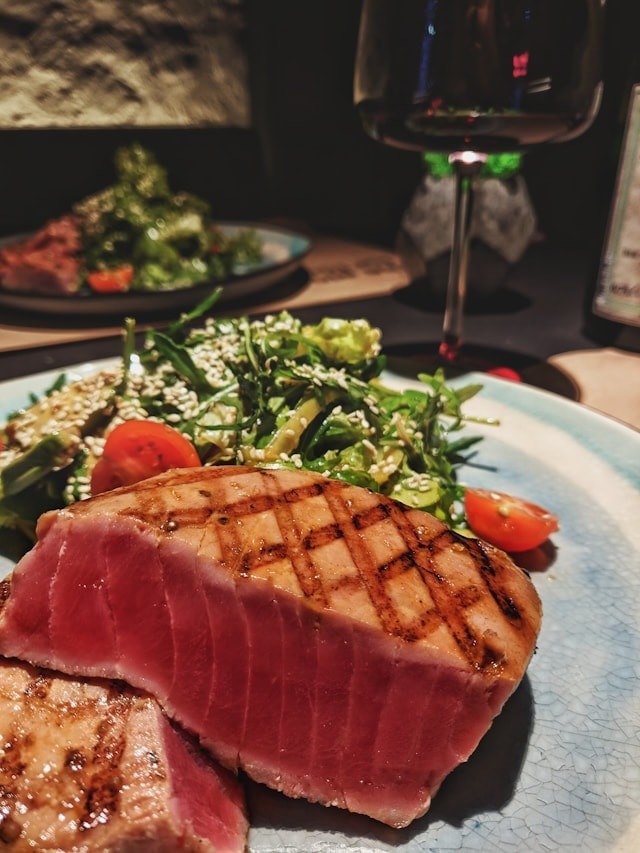
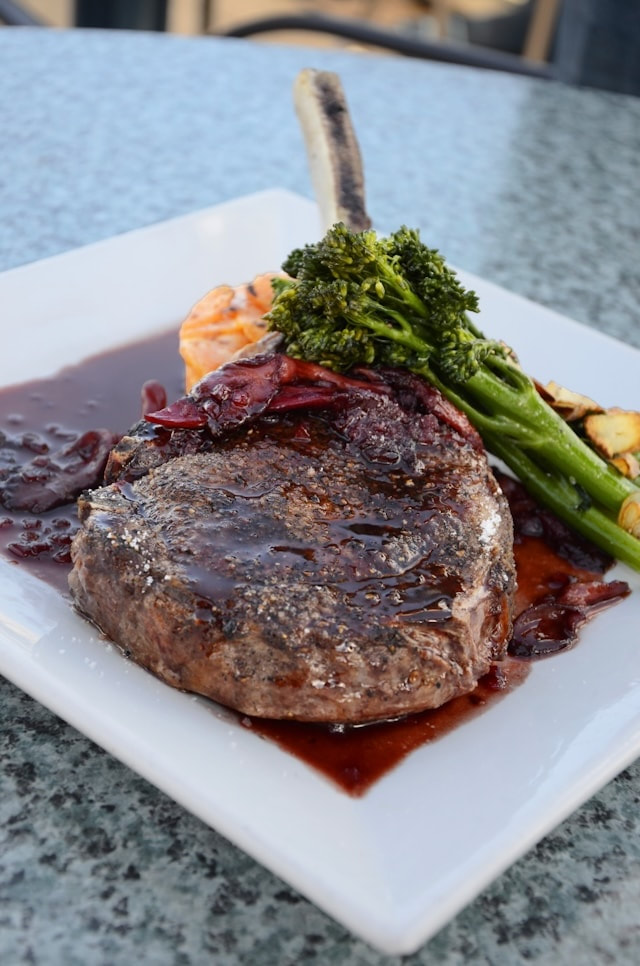
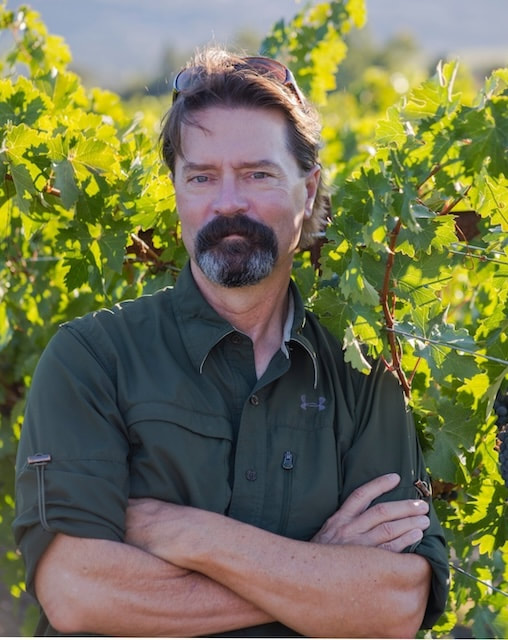
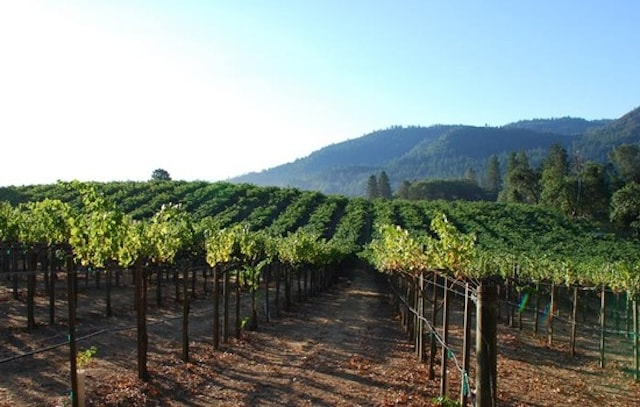
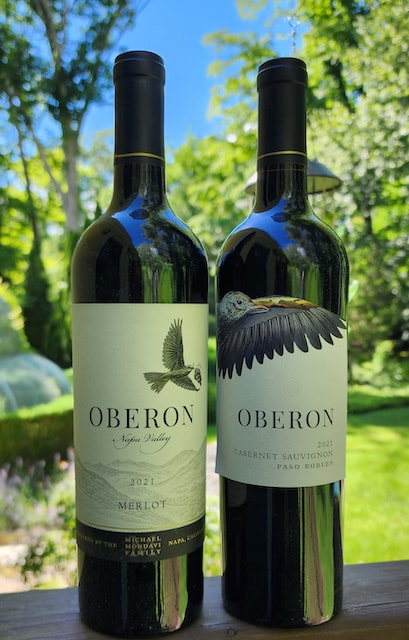
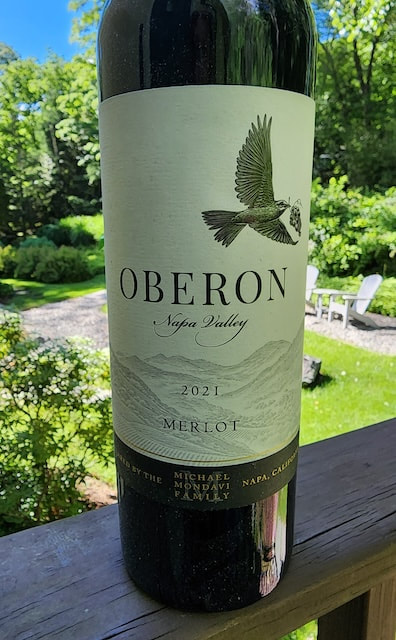
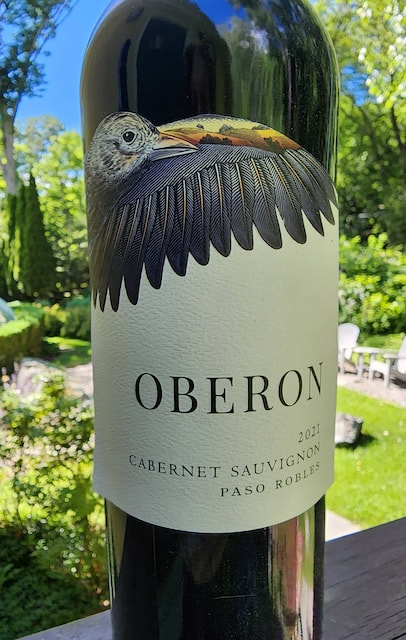
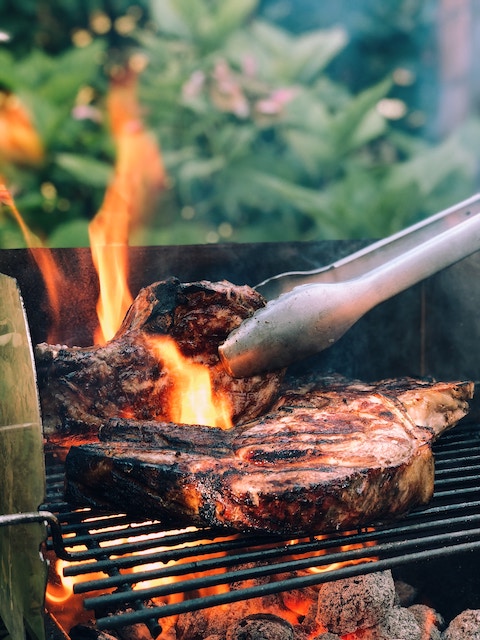
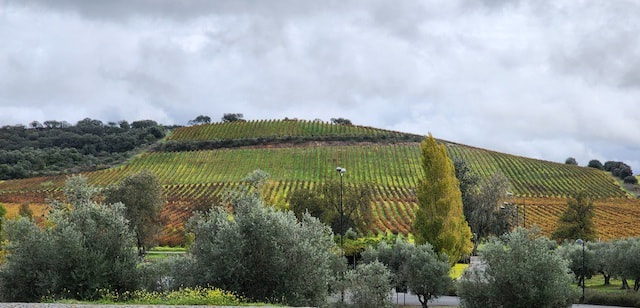
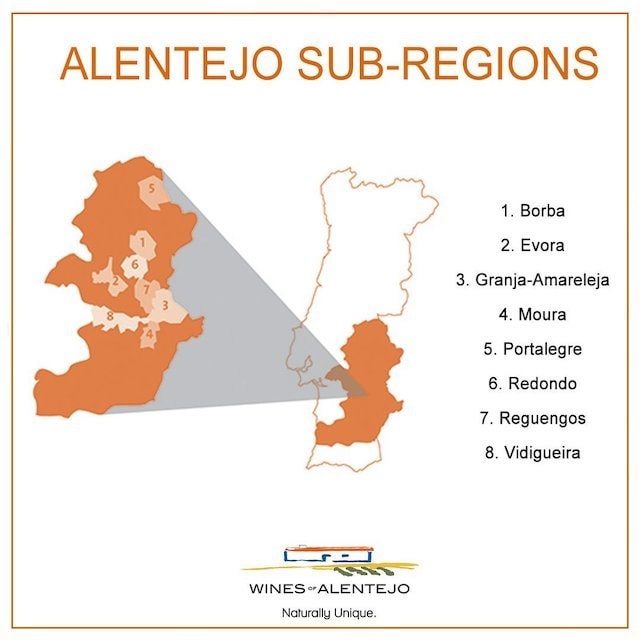
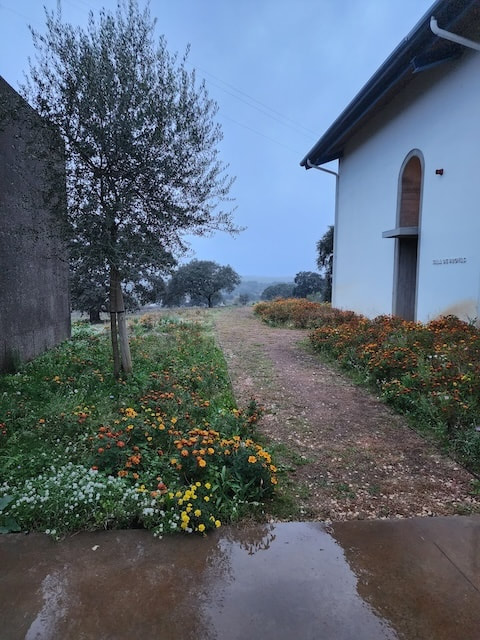
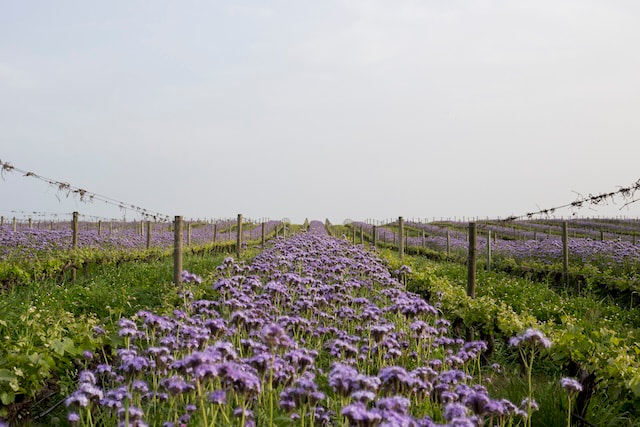
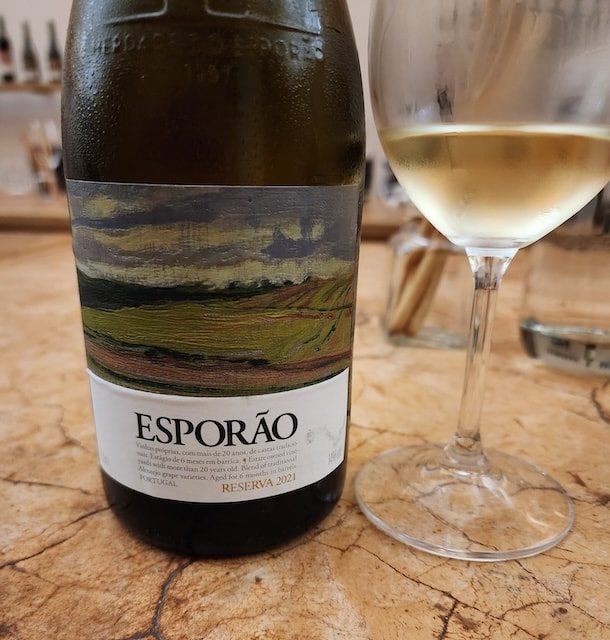
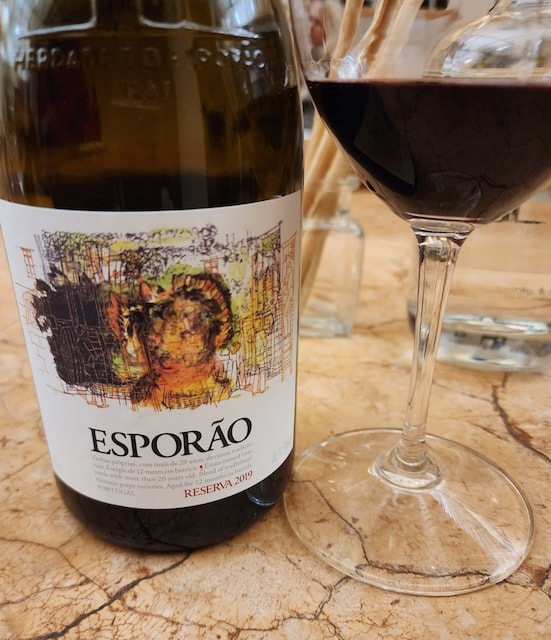
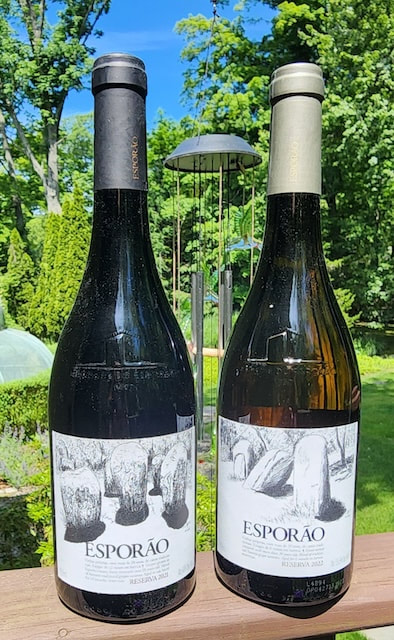
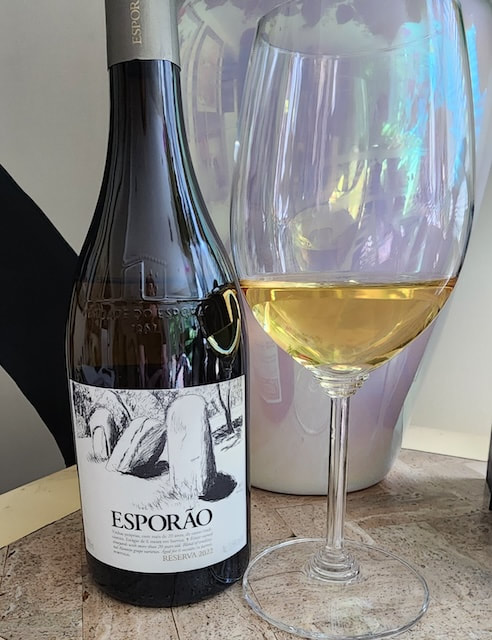
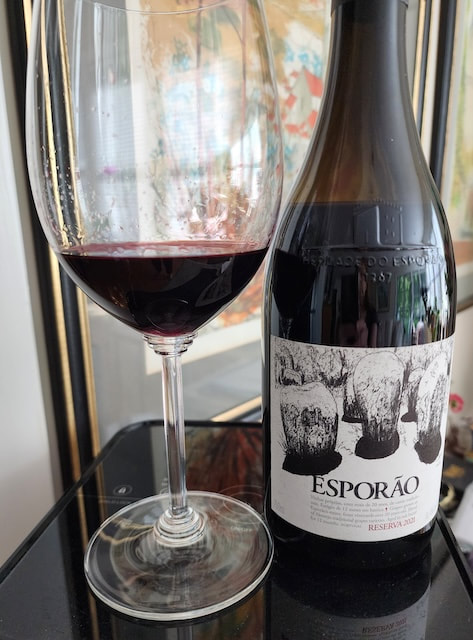








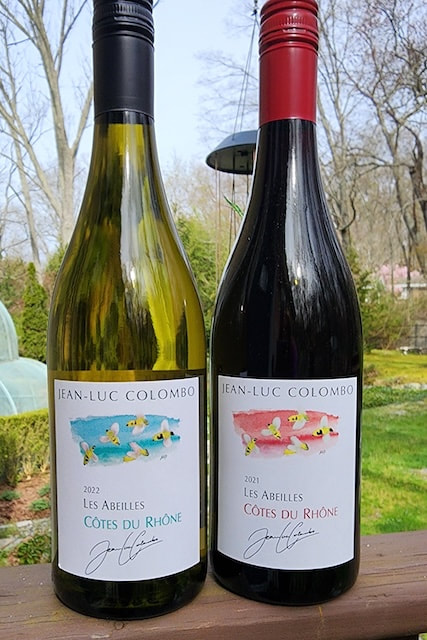
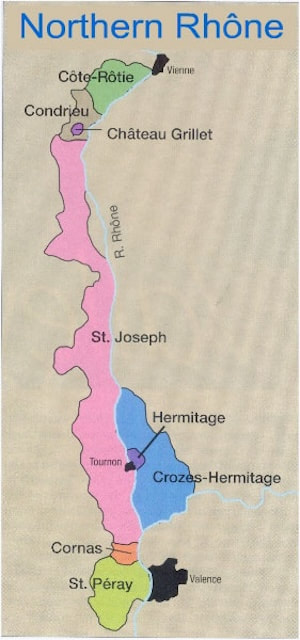
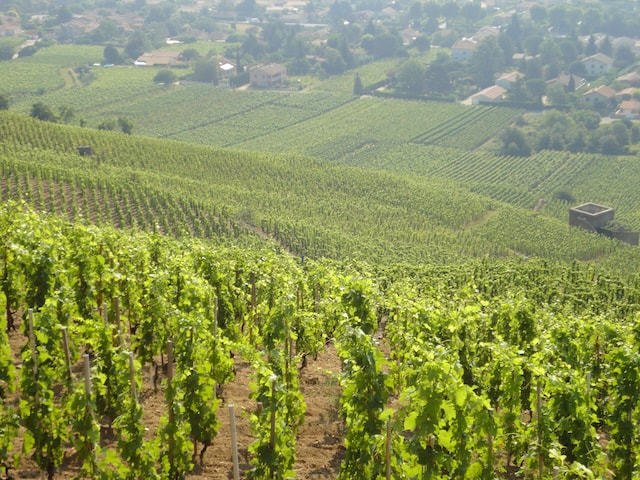
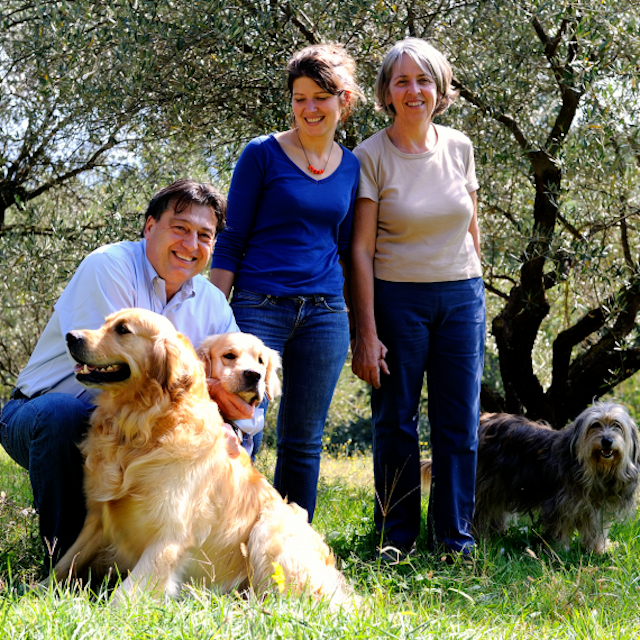
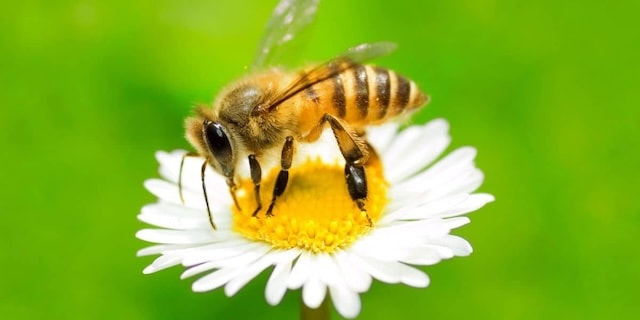
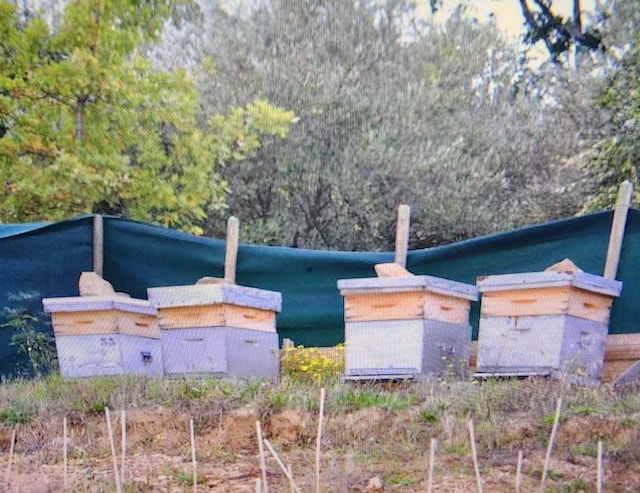
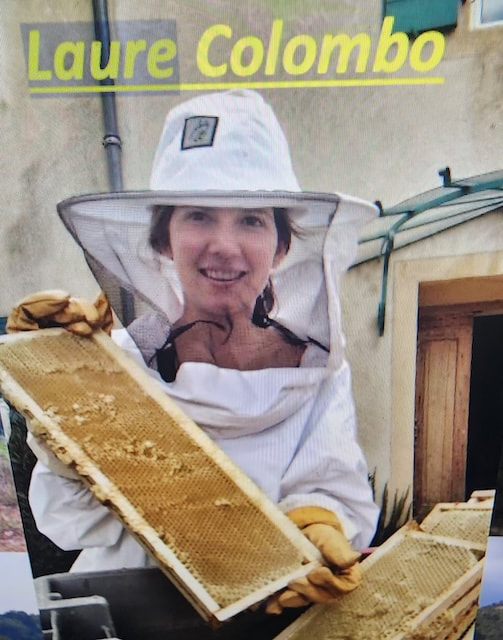
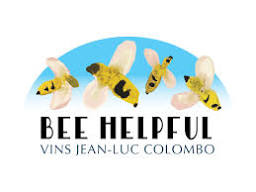
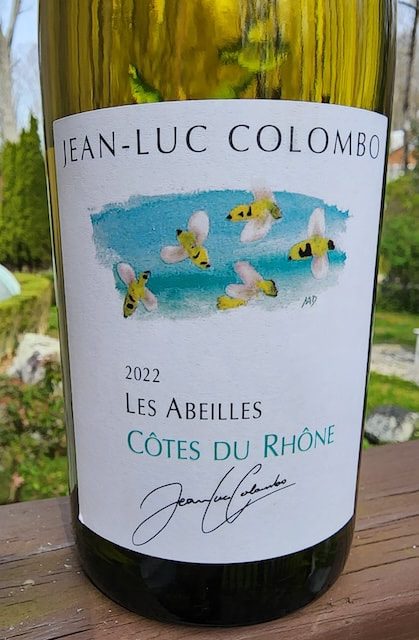
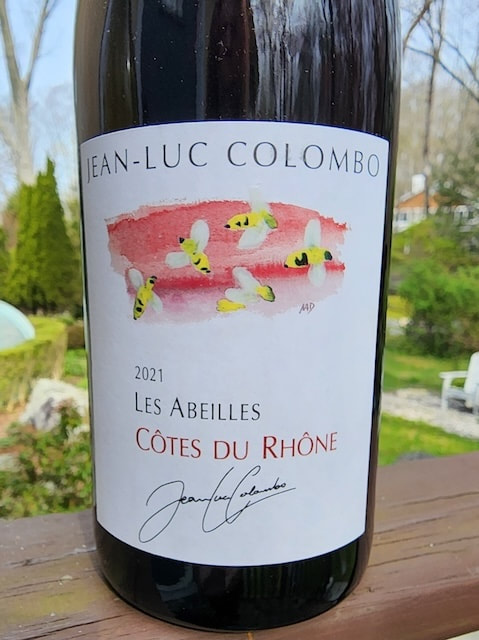
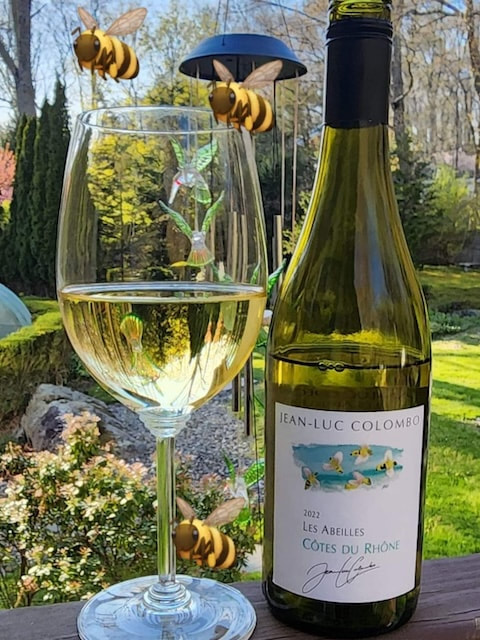
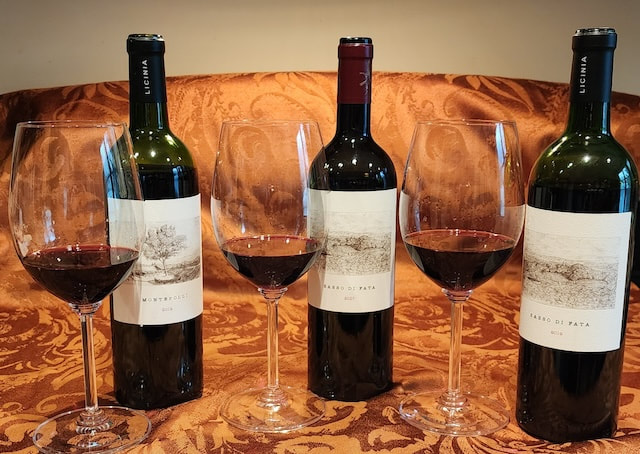
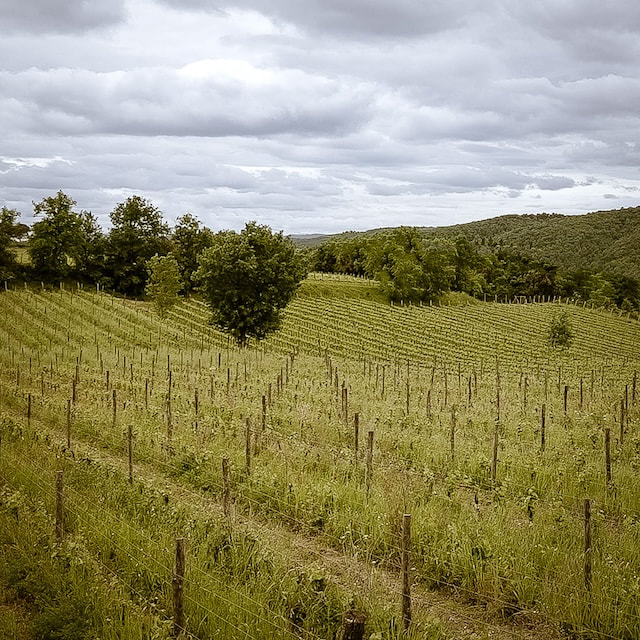

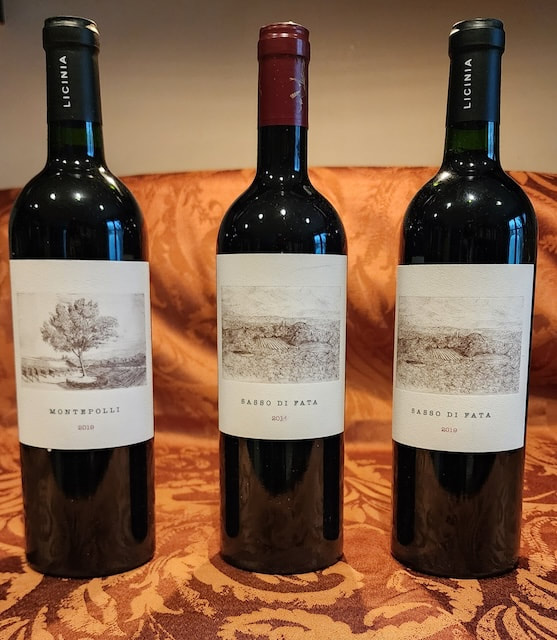
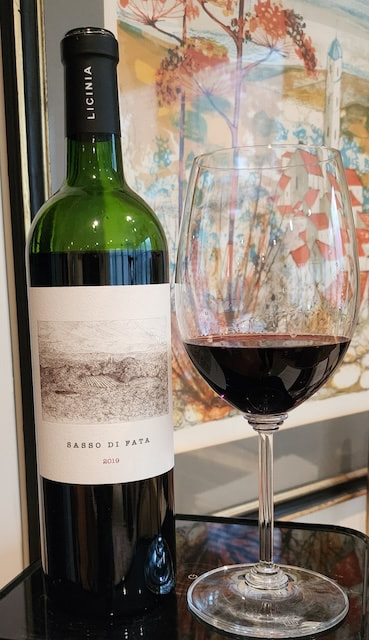
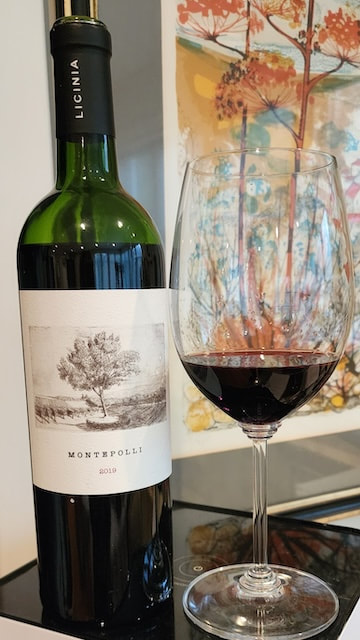
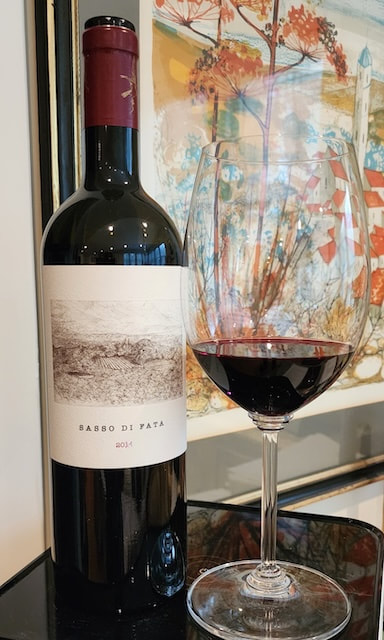
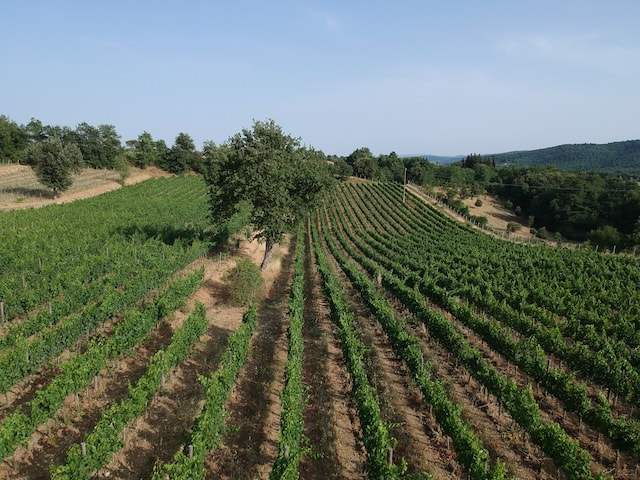
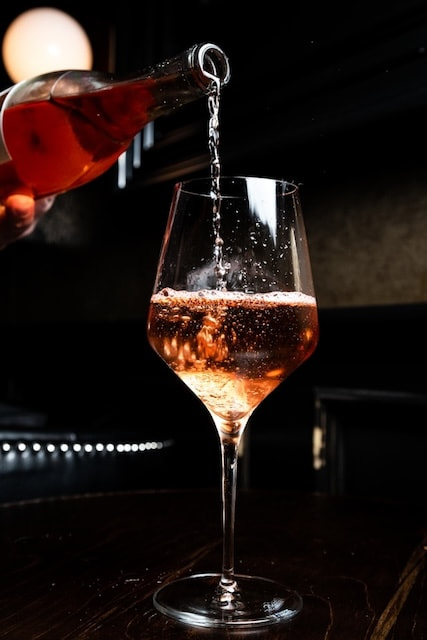
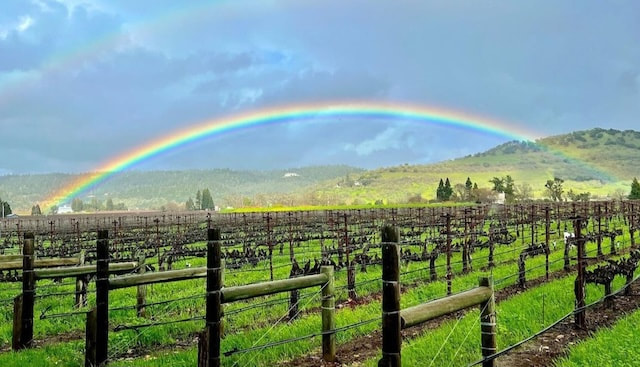
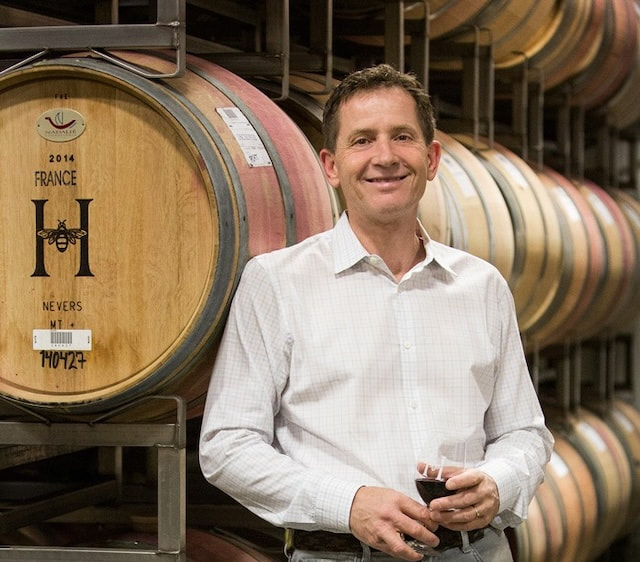
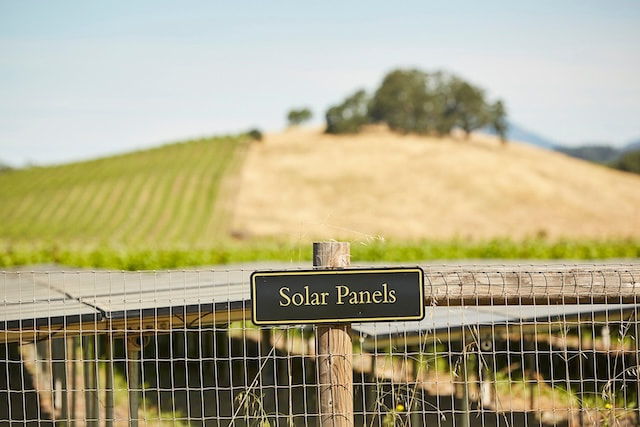
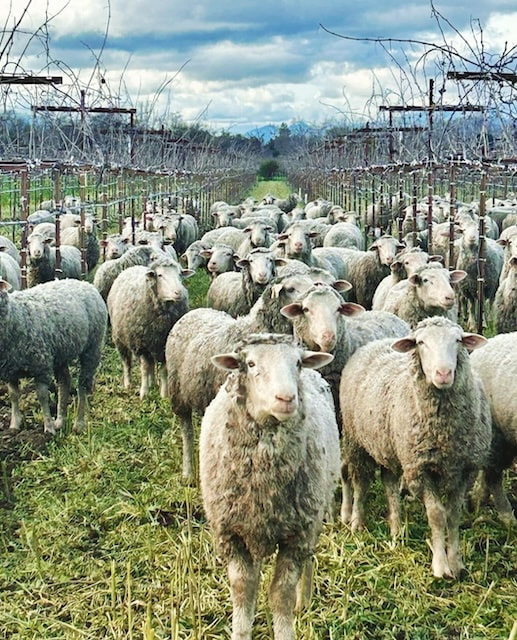
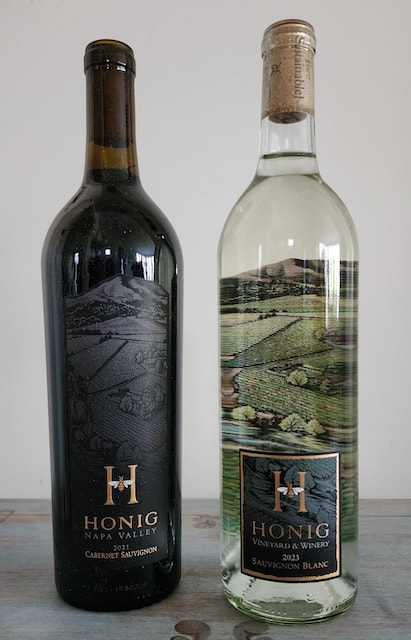
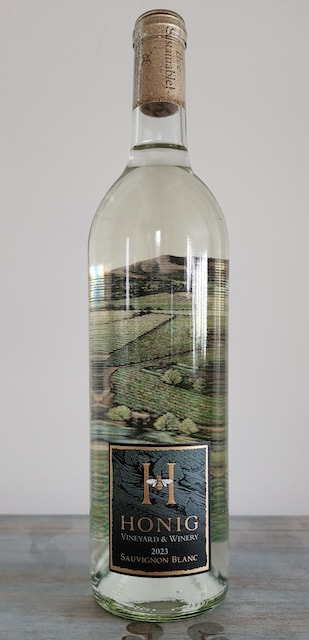
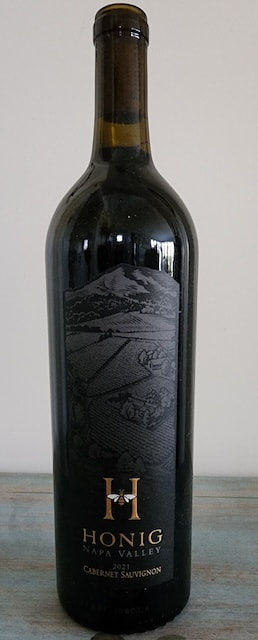
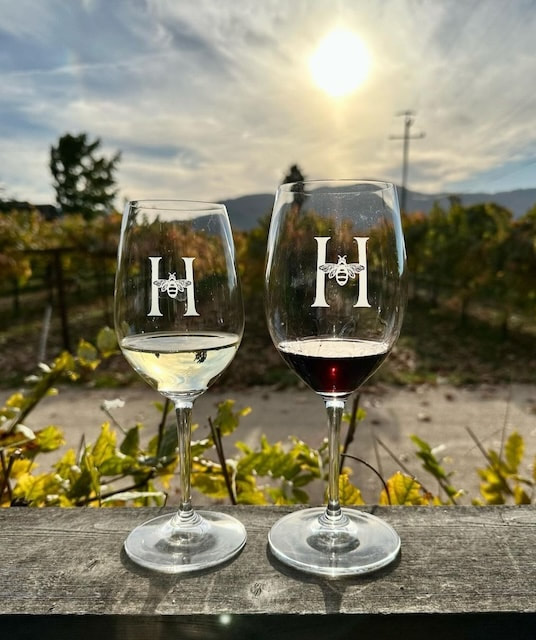
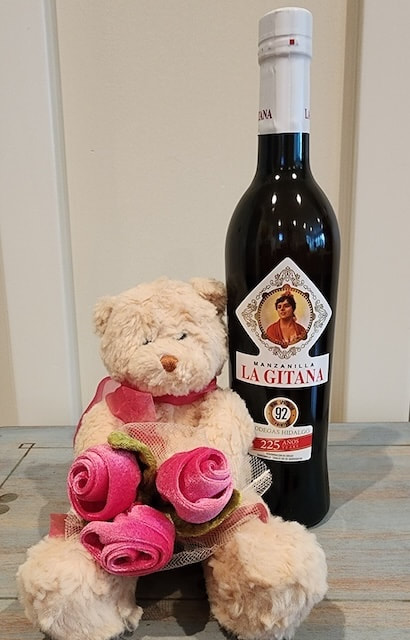
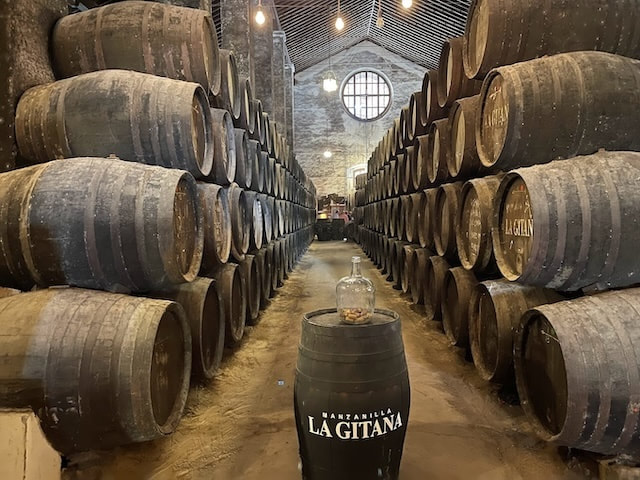
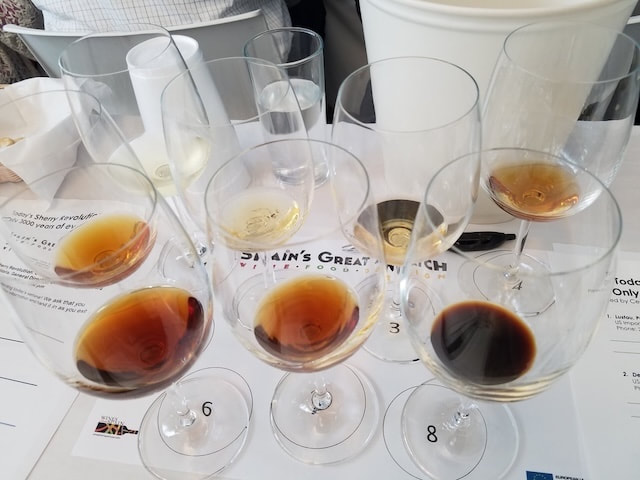
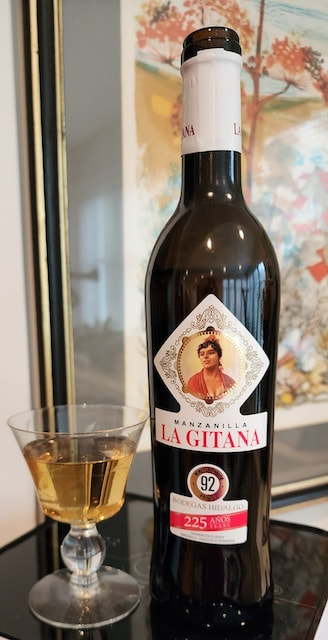
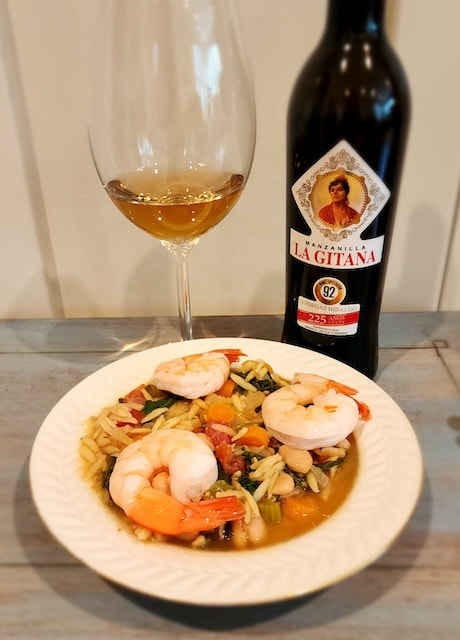
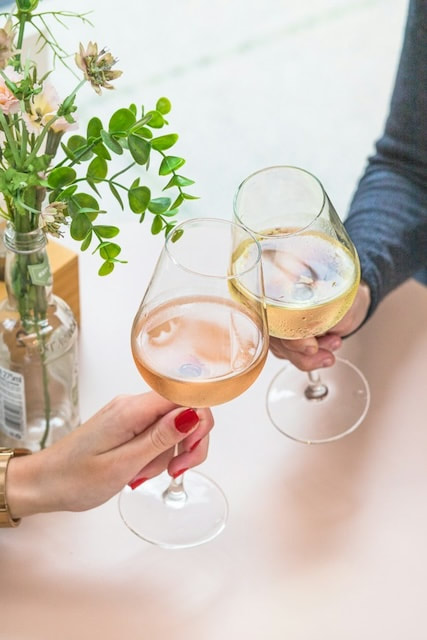
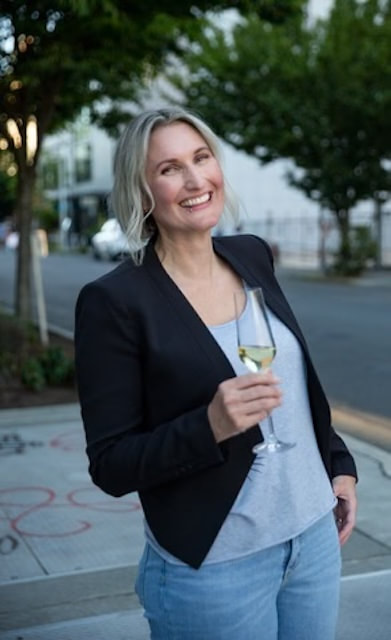
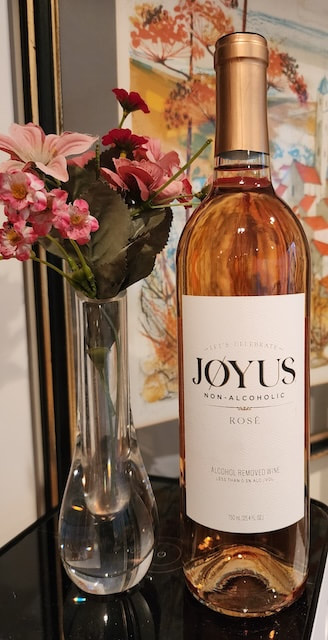
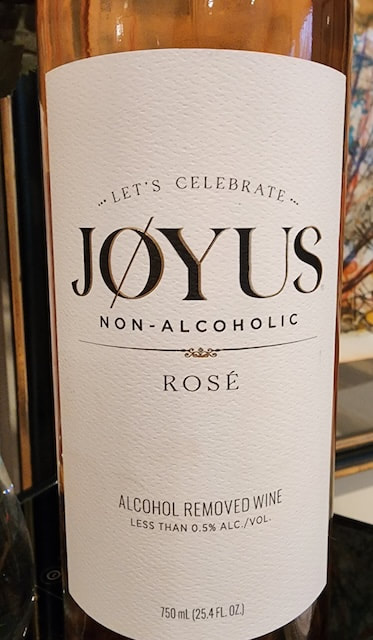
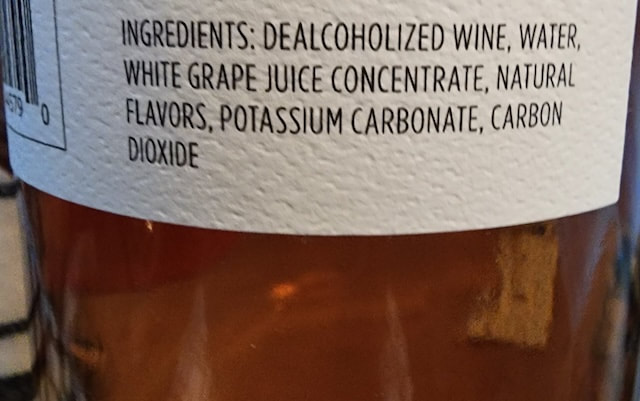
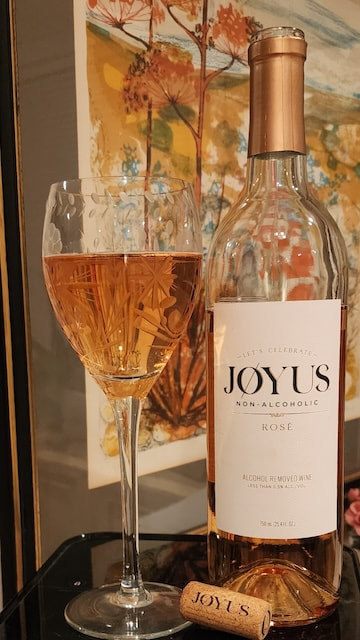
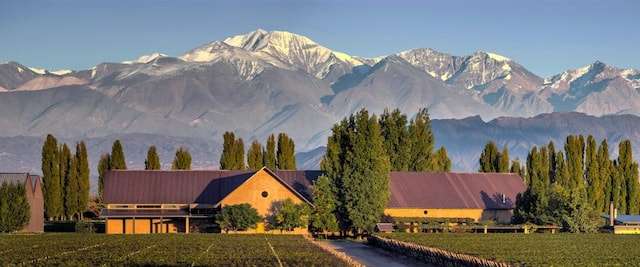
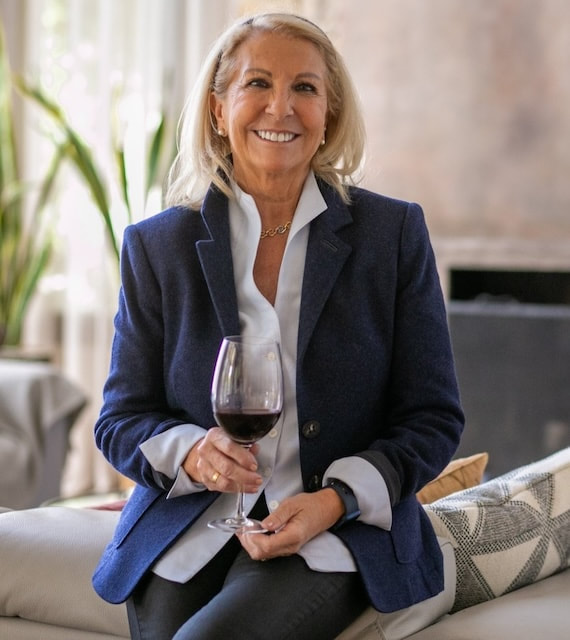
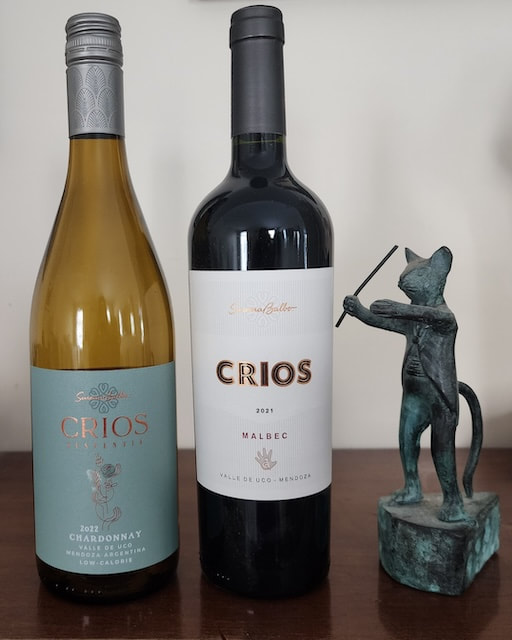
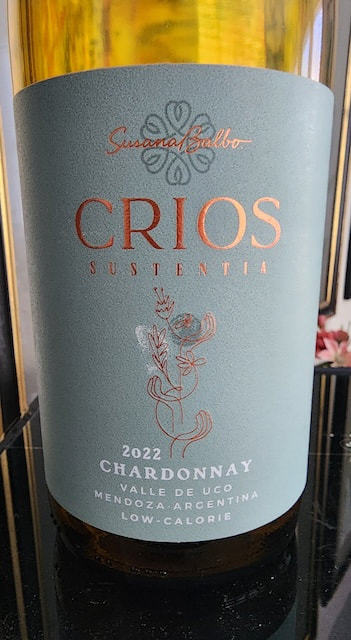
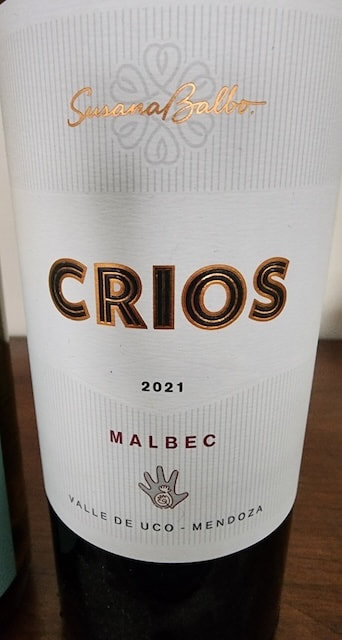
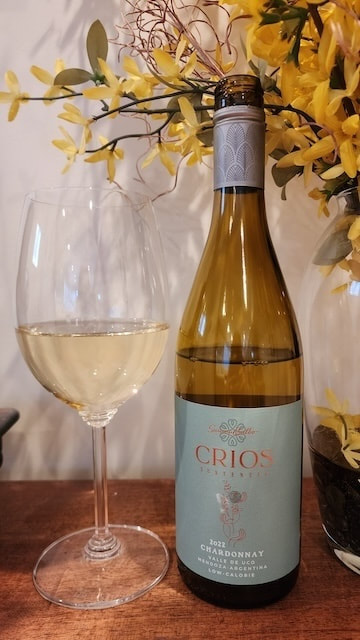
 RSS Feed
RSS Feed